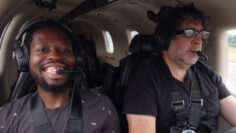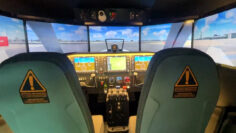How Safe is General Aviation?
Aircraft maintenance and inspections
Regular maintenance checks and inspections are crucial for ensuring the airworthiness of general aviation aircraft. Owners and operators are responsible for adhering to maintenance schedules recommended by the manufacturer and conducting routine inspections. Additionally, annual inspections, often performed by certified mechanics, are mandated by regulatory authorities to assess the overall condition of the aircraft and verify compliance with safety standards. Airworthiness directives (ADs) issued by the FAA or other relevant authorities address specific maintenance or safety concerns and must be promptly addressed by aircraft owners.
Safety technology and equipment
Advancements in technology have significantly enhanced the safety of general aviation. Modern aircraft are equipped with advanced avionics systems that provide pilots with real-time information about their position, weather conditions, and navigation. Traffic alert and collision avoidance systems (TCAS) help pilots avoid potential mid-air collisions by providing alerts and advisories on nearby aircraft. Enhanced Ground Proximity Warning Systems (EGPWS) help prevent controlled flight into terrain (CFIT) accidents by providing timely alerts regarding the aircraft’s proximity to the ground. Emergency Locator Transmitters (ELTs) automatically transmit distress signals in the event of an accident, helping search and rescue teams locate downed aircraft.







